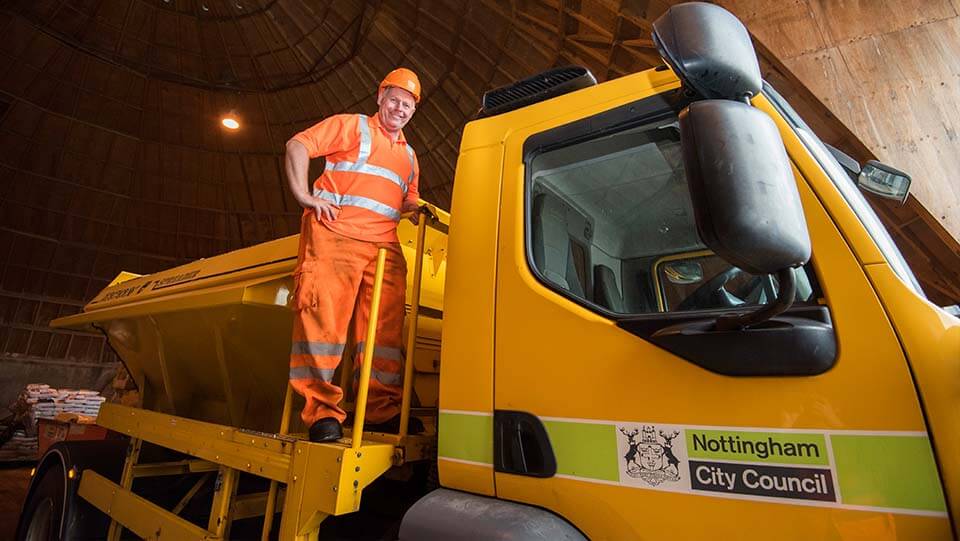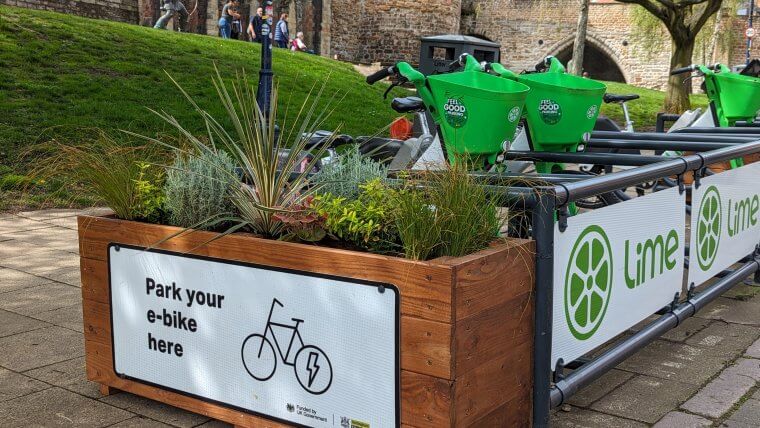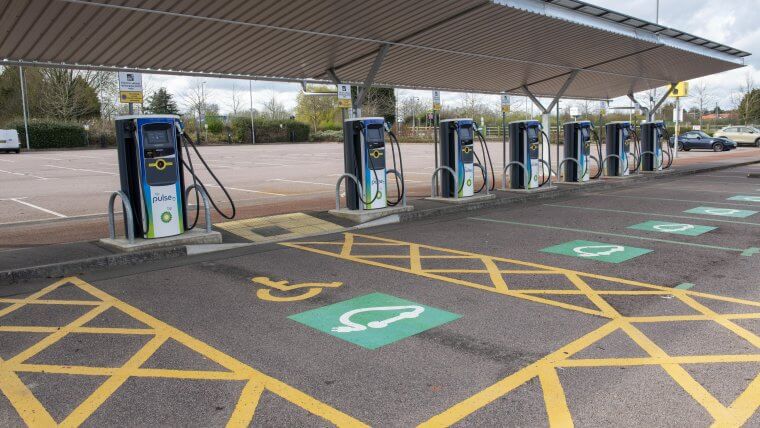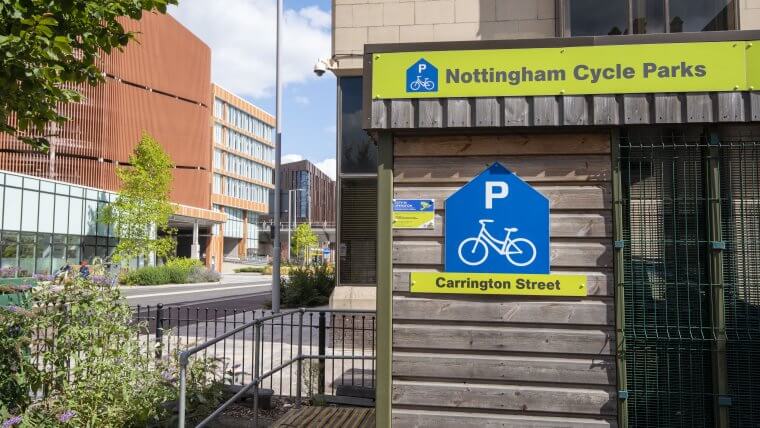6 February

1) Which roads are gritted?
We grit the roads carrying the most traffic and the highest risk of accidents; 445kms of
Nottingham’s 804km of roads are covered on a typical grit run. You can view a list of roads and
a map showing where we grit online here.
2) Why aren’t all roads gritted?
There are approximately 804km of roads in the city it would be impossible to treat them all in
one night which is why we tackle the most important ones first. We have to treat the busiest
roads first and once they are clear, keep them clear! These roads tend to be the ones that take
most of the overall traffic and the bulk of a typical trip from home to a place of work or the
hospital.
3) How is it decided when to grit?
We receive frequent forecasts from the Met office throughout the day to enable us to monitor
the weather conditions. If frost, ice or snow is forecasted then we will start our grit routes a
few hours before they are due to arrive.
Rain will halt any gritting work has this will wash the treatment work away.
4) When can we expect roads to be ready?
The target treatment time for roads to be treated is four hours. All primary routes will normally
be treated before the start of the working day. Snow clearing will be carried out across the
network where appropriate and practicable.
5) Who do I speak to if a road needs gritting?
If you know of a street or road that you find dangerous let us know and we will try and help. If
you wish to report an issue please call 0115 915 2000 or email
winter.services@nottinghamcity.gov.uk
6) How do I find out when and where you are going to treat the roads?
We proactively inform citizens on our activity every day through our social media channels and
Stay Connected: This is a list of the channels you can use to keep to up to date.
- Sign up for Stay Connected
- Twitter – @nttmcitygrit
- Facebook – Facebook/mynottingham
- Phone – 0115 915 2000
- Email – winter.service@nottinghamcity.gov.uk
- Online – www.nottingham.gov.uk/winter
7) Where are the grit bins and who can use them?
These are put on roads which are not covered by the gritting routes, and on the footways in
places where there are steep hills, cross falls or are exceptionally exposed and ice forms more
frequently. Currently there are in the region of 200 bins, you can find where they are located at
here. These grit bins are for you to use on your paths and
roads and will be kept well stocked. If bins are damaged or low in salt please call 0115 915 2000
or email winter.service@nottinghamcity.gov.uk
8) How does grit work?
Grit is actually salt and when the salt is spread across the road it lowers the freezing point of the
road surface. This prevents ice forming. Just spreading salt on its own has a small impact but
when cars drive over the salt this helps to turn the salt into a brine solution – this is the most
effective way of melting and preventing ice. When we know that snow is coming, we aim to
spread a good layer of salt to prevent the road from freezing and snow settling. Salt itself does
not prevent snow from settling but the critical factor is the road surface temperature. As each
snowflake lands it lowers the surface temperature and it also dilutes the salt solution. This is
why heavy snow will settle and then accumulate despite gritting. Traffic is needed to help work
the grit into a brine solution. All of our gritting lorries can be fitted with a snow plough at the
front to clear settled snow. The ploughs cannot go right down to the surface of the road
because this would damage it, so we still need to grit behind us to help the roads to clear.
More on how grit works on snow here.
9) I own a business what should I do?
All employers and businesses need to make sure that frequently used access paths which get
covered with frost or snow are cleared, gritted or salted to help prevent people slipping.
However, there is no need to clear an entire area of snow if the public or employees are unlikely
to walk on it.
10) Should I clear a path outside my home?
If you can then please do. It’s easier to move fresh, loose snow rather than hard snow that has
packed together from people walking on it. So if possible, start removing the snow and ice in
the morning. If you remove the top layer of snow in the morning, any sunshine during the day
will help melt any ice beneath. You can then cover the path with salt before nightfall to stop it
refreezing overnight. Pay extra attention to clear snow and ice from steps and steep pathways –
you might need to use more salt on these areas.
Communications during adverse weather
In case of snow and ice, there may be some disruption to our services due to access problems
for our vehicles.
- Bin collection
- Public transport
For the latest updates on these services check the council adverse weather page
www.nottingham.gov.uk/snow. Please note this page is only live at times of adverse
weather when normal services are disrupted.
- Schools
- Adult Social care





